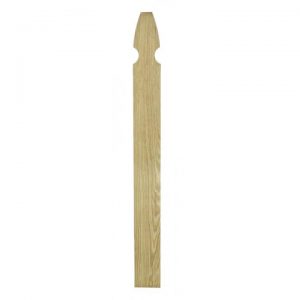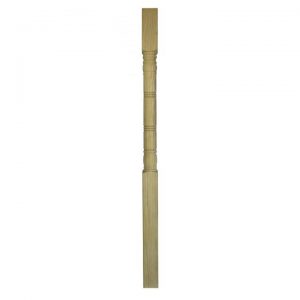Picture yourself lounging in the warm sun, relaxed and at ease in the privacy of your wooden deck. The last thing on your mind is likely to be thinking about how to prevent termite damage! But the more you have already -or will potentially- invest in your wooden deck, the more you should consider how to prolong high-quality over the product’s lifetime.
If you have been considering deck termite prevention or wondering about what steps you can take to guard against infestations, continue reading! We’re happy to share what we know about keeping the wood in your deck healthy and insect-free in the guide below.
Step 1: Basic Prevention Measures and Steps to Guard Against Termite Infestations
Painting and staining. Meet two of your allies when it comes to guarding against termite infestations! Protecting your wooden deck from insects can be as simple as proper sealing and finishing, which also contributes to its lifetime value and utility. In terms of upkeep, you can generally expect to perform routine painting maintenance every two years on average (depending upon the relative dampness of your area’s conditions, that is).
Another popular, although seldom associated, culprit behind wooden deck termite infestations? Flower planters that pool stagnant water. Although these are beautiful compliments, especially during the summer months, you should consider the placement of such additions for the sake of lessening the chances of a termite problem down the road.
Consider hanging baskets or climbing variations that can lessen the number of planters in contact with wooden panels. In addition to this measure, you can also consider a regular insecticide spraying routine. When you think about the reality of a single colony resulting in thousands of dollars of potential damage, these simple steps are worth their weight in gold.
Making Your Home Less Appealing to Termites: Beating Insects at Their Own Game
When you reframe the challenge at hand to the perspective that you are trying to make your wooden deck less appealing to termite colonies, additional steps emerge. Why not keep an eye out for leaky A/C units, which can cause the same problems as those described for flower planters. Any faucets exposing leaks to your wooden deck should also be monitored throughout the year.
If you have a smaller backyard, making it necessary for you to store or stack items such as firewood or lumber close to your house, be sure that there is a minimum of 20 feet between these and your deck. This will prevent areas where water can build up over time, which contributes to wood rot. If 20 feet is not possible, you can consider investing in a garden or storage shed to contain any loose items and maintain the integrity of your wooden deck.
Already suspect you might have an insect infestation on your hands? There are certainly some signs that should be able to point you in the direction of the source of your problem. If termites are to blame, you should see some of the following:
Problem Area Check
As you walk the perimeter and middle of your wooden deck, be sure you feel a firmness underfoot, versus a springy feeling. If you feel the latter, inspect the wood to see if it sounds hollow once tapped. This could indicate the presence of termite holes and tunnels.
Sunken and Rippled Wood
In addition to preventing dampness by avoiding planters, you should also regularly inspect wood that comes into contact with other surfaces such as deck furniture. Anything that contributes to pooling water can attract the first colony.
Deck Lights
Another quick check you can keep an eye on while you lounge on the deck is whether you detect swarms of insects in or around your deck lighting fixtures. If so, you can look for the other signs mentioned above to confirm if it’s time to call a servicer.
When you are ready to discuss your decking options with our professionals, reach out to us. Whatever your vision, we can help you make it a reality this summer!









